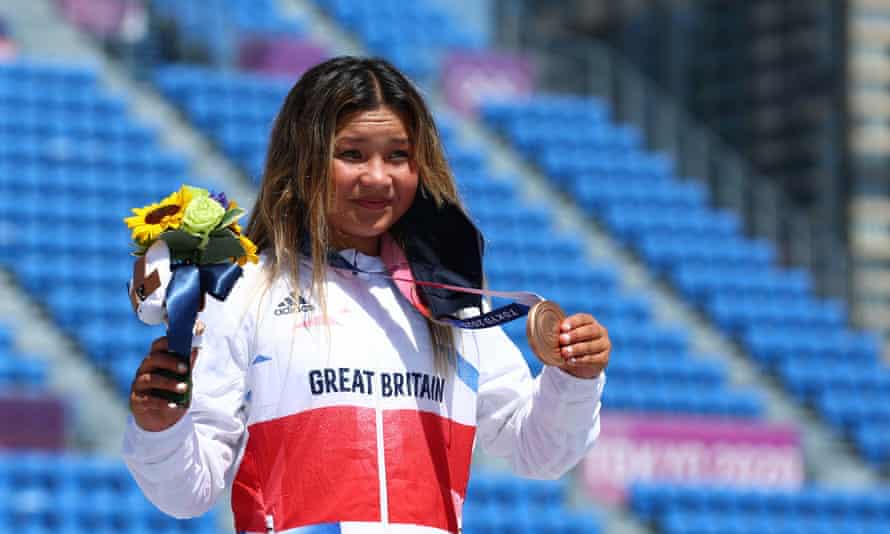
Teenage tennis stars were supposed to be a thing of the past, a relic of the 1990s along with curtain hairdos and “gastropubs”. But no one told Britain’s Emma Raducanu, 18, and 19-year old Leylah Fernandez of Canada.
On Saturday, the two unseeded, hardly-heard-of (before this summer) players will be in New York battling to be US Open women’s singles champion. It is the first all-teen final since 1999 – when neither was born – which saw Serena Williams, 17, beat an 18-year-old Martina Hingis.
Teen phenoms were relatively commonplace back then, especially on the women’s side, occasionally on the men’s. The drop-off in recent times is partly down to rules: players now have to be at least 15 to play on tour and can’t go full-time until they are 18. Racquet technology is also a major factor, extending rallies and matches, giving an advantage to mature players, who have more developed conditioning and strength.
Raducanu and Fernandez, though, have flipped the tables. Their opponents over this past fortnight have often seemed bemused while playing them: because the teenagers have played so few matches, no one yet knows what their weaknesses are (if they have any). Also, Raducanu and Fernandez seem completely undaunted, even fearless. Raducanu, then ranked 338 in the world, reached the fourth round at Wimbledon before pulling out after experiencing “breathing difficulties”.
She had to make it through three qualifying rounds before even starting the US Open, and has admitted that her flight home from New York was booked for two weeks ago. She has been playing with house money ever since. This is a luxury more-experienced competitors don’t have.
“Playing completely without pressure, in this position, it’s impossible … But I wish,” said Angelique Kerber, the 33-year-old former No 1 and three-time grand slam champion, after losing to Fernandez this week.
Teenagers breaking through and performing with preternatural maturity has been a recurring sports story this summer. Skateboarder Sky Brown, who had just turned 13, became Britain’s youngest-ever summer Olympian when she competed at the Tokyo Games. She won a bronze medal just a little more than a year after having a horrifying fall on a halfpipe ramp that left her unconscious with many bone breaks, fractures in her skull and lacerations to her heart and lungs.
“It was a really tough time, but I just wanted to get back,” Brown told the Observer. “I felt stronger after that. I actually wanted to do more things after that.”
The 16-year-old Gadirova twins, Jessica and Jennifer, also won bronzes in Tokyo for Team GB, in the team gymnastics event. Teen prodigies in this sport are not exactly new – they have been the norm for decades – but here, too, the Gadirovas are bucking a trend in which athletes have started to peak later. The average age for a female gymnast at this summer’s Olympics was almost 22.
Meanwhile England fielded the second-youngest squad at the Euro 2020 football championship, with an average age of 25. The team included teenagers Jude Bellingham and Bukayo Saka, among 15 players for whom it was their first tournament.

Manager Gareth Southgate said that these young men had been picked because they were the best, but also noted that they weren’t encumbered by the “baggage of failure” from previous defeats. This seemed particularly prescient when England nervelessly dispatched Germany 2-0, their first knockout victory over that country in 55 years.
The team was fearless until the end, leading José Mourinho, head coach at Italy’s Roma club, to ask why 19-year-old Saka was entrusted with the decisive fifth penalty in the final defeat against Italy. “To have the destiny of a country on his shoulders, I think it is too much for a kid,” he said.
Raducanu and Fernandez would presumably beg to differ. This may be the most surprising US Open – even the most surprising tennis tournament – in history, but both players look comfortable on the biggest stage.
